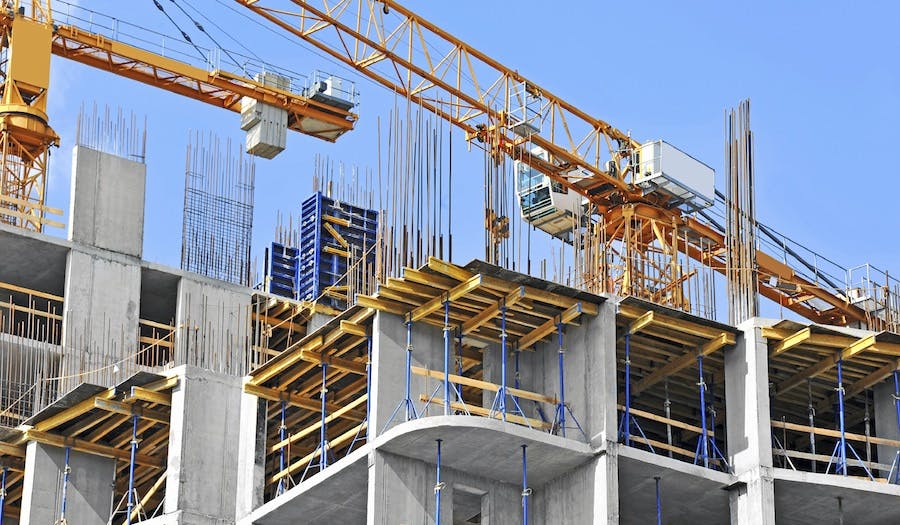The decline in Australia’s major construction is expected to continue into 2016, according to the latest results from the Ai Group/Australian Constructors Association Construction Outlook survey.
The value of turnover to be sourced from major construction work is forecast to drop by 4.3 per cent by the end of 2015, with a further decline of 1.7 per cent expected to be seen in 2016. The negative forecast follows the 3.6 per cent fall seen in 2014.
The survey results, obtained from responses of 100 companies, also revealed a 7.6 per cent forecast decline in engineering construction in 2015 and a further 3.6 per cent drop expected in 2016.
Employment in non-residential construction is also forecast to fall, with a 2.6 per cent drop in the number of employees principally engaged on-site and a 1.0 per cent decline in sub-contract tradesmen expected for the remainder of 2015.
Lindsay Le Compte, Australian Constructors Association (ACA) Executive Director, cited the decline in mining-related construction as the “major drag on activity” and pointed out expected falls in industrial resource-based sectors.
“Commercial construction is expected to remain constrained by the continuation of subdued overall approvals in this sector,” Mr Le Compte said.
“However, if governments are able to resolve current constraints on the funding and financing of infrastructure projects it could be expected that from 2016 we would see the commencement of a significant lift in engineering, commercial and residential activity, especially surrounding transport corridors in metropolitan areas.”
Innes Willox, Australian Industry Group Chief Executive, said there were still “a number of bright spots” despite the mining-related challenges affecting construction.
“Revenue from road and rail projects is expected to pick-up solidly in 2016 in line with Federal and State Government plans for a number of major transport projects. The outlook is also positive for multi-level apartment building developments while telecommunications work is expected to be broadly sustained at current levels of activity over the next two years.”

